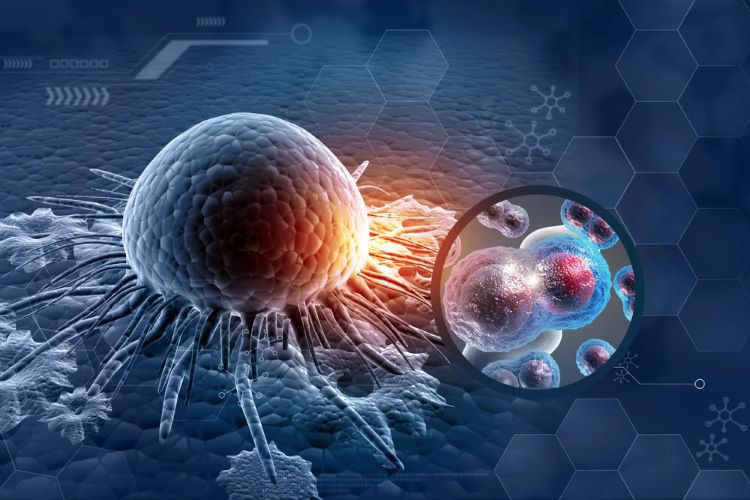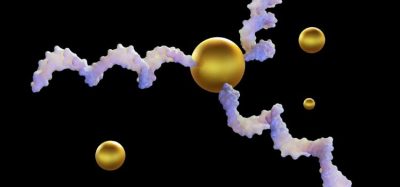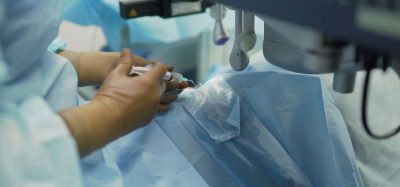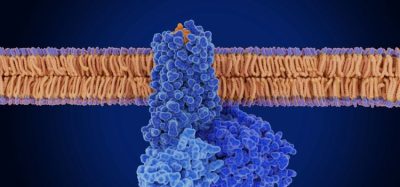Downstream process shows potential for oncolytic virus purification
Posted: 6 August 2024 | Catherine Eckford (European Pharmaceutical Review) | No comments yet
The paper presents an “efficient and scalable GMP-compliant process” for purifying a fusogenic oncolytic virus (rVSV-NDV).


Researchers have for the first time, reported a purification strategy utilising “fusogenic oncolytic virus using anion-exchange (AEX) chromatography, followed by tangential flow filtration (TFF) and sterilising filtration”.
The authors highlighted that oncolytic viruses have shown to hold promise for overcoming challenges associated with treating solid cancers.
However, due to the need for “development of individualised processes that are optimised for each virus”, this is one reason for the lack of established manufacturing and downstream processing (DSP) platforms being broadly adopted for this therapeutic strategy, according to Fernandes et al.
Therefore, there is an “urgent need” for these processes which are “efficient and scalable”, considering “the complexity of oncolytic viruses”, they emphasised.
In the downstream bioprocessing study, the team of researchers grew “non-GMO CCX.E10 cells grown in suspension in chemically defined medium were used for high titer rVSV-NDV batch production (3.2 × 108 TCID50/mL) in stirred tank bioreactors”.
Two filters were used to reduce high throughput and turbidity and prevent loss of infectious particles during the clarification step, the authors explained.
Purification study findings
The process resulted in a “maximum recovery yield of 86 percent of infectious particles”. Adding citrate to the chromatography setup “increased the separation resolution of rVSV-NDV particles from less negatively charged impurities”.
Furthermore, the team reported a global recovery yield after four operation units of “64 percent with 99 percent and 97 percent of protein and DNA clearance, respectively”.
[The findings] open up an avenue for large-scale manufacturing of oncolytic VSV-NDV for future clinical use”
Positively, the paper attained a recovery of “64 percent infectious virus with a titer of 4 × 109 TCID50/mL”, which is applicable for commercial virus production.
Notably, together with the researcher’s previously optimised upstream process, their findings “open up an avenue for large-scale manufacturing of oncolytic VSV-NDV for future clinical use”.
The paper on oncolytic viruses is for publication in Separation and Purification Technology.









